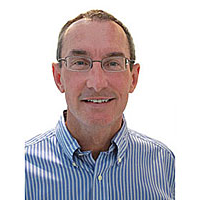Home » renewable energy systems
Articles Tagged with ''renewable energy systems''
John Siegenthaler: Sensor placement is critical to designing successful hydronic systems
Sensible details
July 1, 2022
John Siegenthaler: Respecting the Laws — of thermodynamics
How the most fundamental principle applies to heating.
May 5, 2021
Radiant Comfort Report
Development of the 2021 Uniform Solar, Hydronics & Geothermal Code
November 15, 2019
Single coil solution
Optimizing heat exchanger performance in renewable energy systems.
November 15, 2019
John Siegenthaler: Low temperature leverage
A novel hardware combination offers several benefits.
November 8, 2019
John Siegenthaler: Be explicit on tubing depth in a slab
Unnecessary compromise
July 11, 2019
John Siegenthaler: Picking winners
Are geothermal heat pumps economically sustainable in an unsubsidized market?
June 10, 2019
Geothermal industry asks Congress to ‘level the playing field’
‘Hey, you’re using a tax code to pick renewable winners and losers, and that’s not what you should be doing.’
April 17, 2017
Keep your content unclogged with our newsletters!
Stay in the know on the latest plumbing & piping industry trends.
JOIN TODAY!Copyright ©2025. All Rights Reserved BNP Media.
Design, CMS, Hosting & Web Development :: ePublishing










